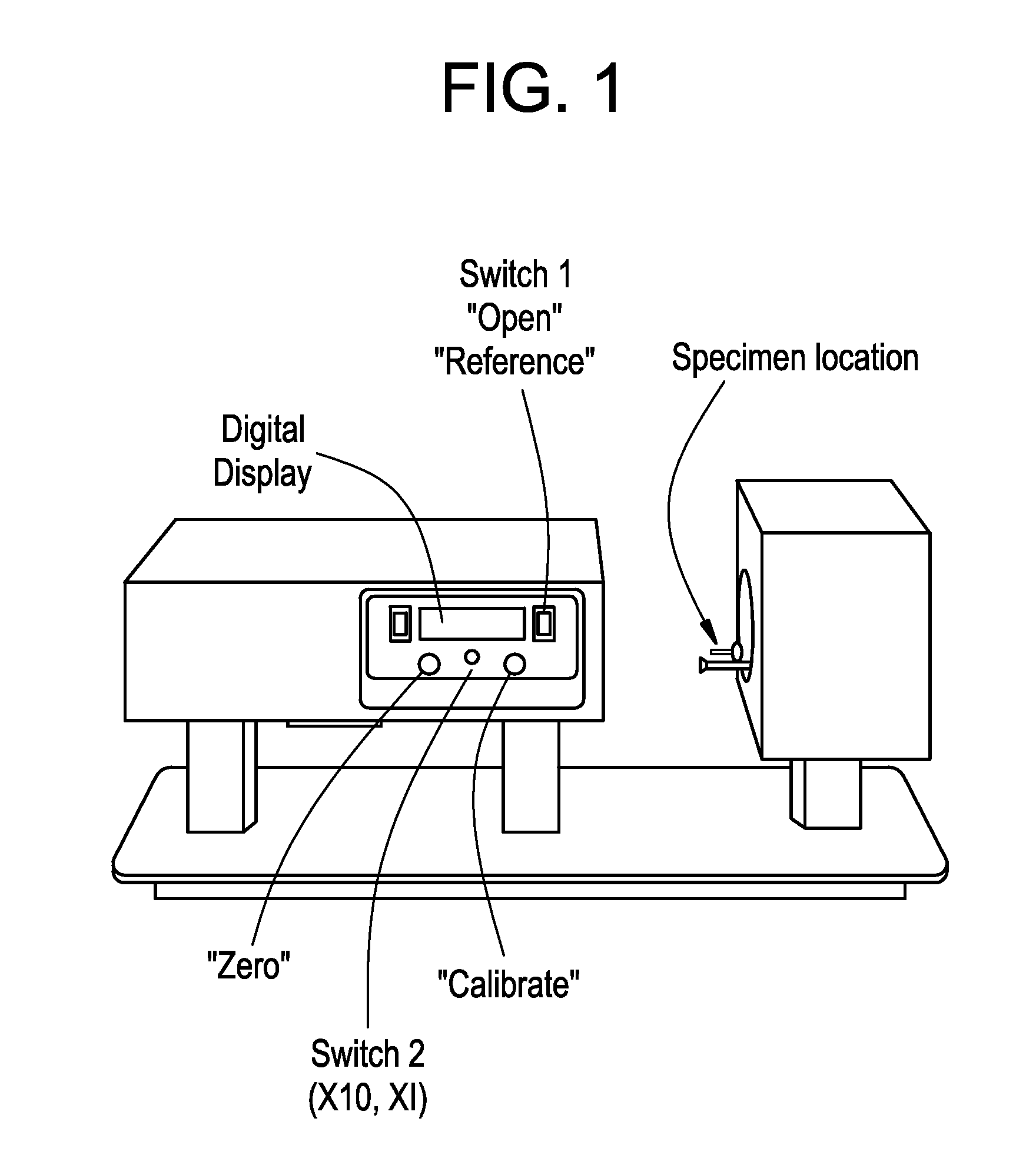Hydrolysis-resistant polyester film with hydrolysis stabilizer
a polyester film and stabilizer technology, applied in the direction of fixed capacitor details, fixed capacitor dielectrics, fixed capacitor housing/encapsulation, etc., can solve the problems of limiting the use of polyester films in applications with relatively great exposure to high temperatures, and the susceptibility of polyester films to hydrolysis, and the cost of polyester films is markedly higher than pet costs
- Summary
- Abstract
- Description
- Claims
- Application Information
AI Technical Summary
Benefits of technology
Problems solved by technology
Method used
Image
Examples
examples
Hydrolysis Stabilizer 1 (Hystab 1)
[0072]2 parts (parts by weight) of epoxidized soybean oil (MERGINAT ESB from HOBUM Oleochemicals GmbH, Germany) with epoxide oxygen content of 8% by weight are mixed with one part of HI-SIL ABS from PPG Industries USA.
Hydrolysis Stabilizer 2 (Hystab 2)
[0073]POLYBIO HYSTAB 10 DL from Schafer Additivsysteme GmbH. Natural epoxidized fatty acid ester in the form of “dry liquid”. Dry liquid is based on SiO2 particles.
Hydrolysis Stabilizer 3 (Hystab 3)
[0074]Epoxidized soybean oil (MERGINAT ESB from HOBUM Oleochemicals GmbH, Germany) whose epoxide oxygen content is 8% by weight.
Polymer Preparation (Hydrolysis-Resistant Polymer)
[0075]PET with hydrolysis stabilizer 1 (HyPET 1) A polyethylene terephthalate (MB1) with 10 000 ppm of SYLOBLOC 44H (Grace) and 5000 ppm of AEROSIL TT600 (Degussa) (in each case SiO2), and also 3000 ppm of IRGANOX® 1010 (Ciba) and with DEG content of 1% is melted in a twin-screw extruder from Coperion and mixed with 12% by weight of ...
PUM
| Property | Measurement | Unit |
|---|---|---|
| thickness | aaaaa | aaaaa |
| weight | aaaaa | aaaaa |
| biaxial stretching | aaaaa | aaaaa |
Abstract
Description
Claims
Application Information
 Login to View More
Login to View More - R&D
- Intellectual Property
- Life Sciences
- Materials
- Tech Scout
- Unparalleled Data Quality
- Higher Quality Content
- 60% Fewer Hallucinations
Browse by: Latest US Patents, China's latest patents, Technical Efficacy Thesaurus, Application Domain, Technology Topic, Popular Technical Reports.
© 2025 PatSnap. All rights reserved.Legal|Privacy policy|Modern Slavery Act Transparency Statement|Sitemap|About US| Contact US: help@patsnap.com


